Staging is a challenging marketing task for agents. Think of home staging as preparing the property for its biggest launch; it’s all about making a great first impression. And that first impression needs to appeal to a mass buyer audience. Home staging is more than just replacing the bed sheets; it’s about letting potential clients envision themselves living in the home. To help you get started, I compiled this guide of actionable home staging tips and where to source furniture and home decor on a budget.

Download Our Home Staging Tips
What Is Home Staging & Why Clients Need It
Home staging is a real estate marketing strategy in which agents, homeowners, or professional home stagers use design choices, furniture, and decor to sell a home faster. Home staging aims to help potential buyers visualize themselves living happily in the home.
When you set the home up in a way that showcases the home in the best possible light, your real estate photos will be sure to pop onto sites like Zillow and realtor.com, where you’ll attract future clients. After all, 20% of buyer’s agents said that staging increased the dollar value offered between 1% and 5%. That’s still a lot of difference compared with homes that aren’t staged.
Cost of Home Staging
Home staging costs depend on location, the property’s size, and the transformation you or your clients want. Home staging can cost anywhere from $500 for a quick coat of paint and some sweat equity to well over $50,000 for a months-long staging project in a large luxury home.
According to the National Association of Realtors (NAR) 2023 Profile of Home Staging Report, the median cost of staging a home was $400 if personally staged by the listing agent and $600 if staged professionally. Remember, a staged home tends to sell faster, so it can be a worthwhile investment.
15 Clever Home Staging Tips
If you want to be a master stager, remember these house staging tips whenever you have a new listing due for an upgrade:
1. Start With the Curb Appeal

Here’s one of the home staging tips we’ll mention repeatedly. If your property listing’s exterior isn’t nice enough to engage your buyers, they’ll never see the work you and your sellers put on the interior. So, improve your listing’s curb appeal and entice them to come inside with a groomed landscape that sells. Do the obvious things like mowing the lawn and edging around sidewalks and the driveway. Add some seasonal shrubs or flower beds to give your listing a color. Trim any hedges and trees to make everything look crisp and well-kept.
2. Make Rooms Feel Larger
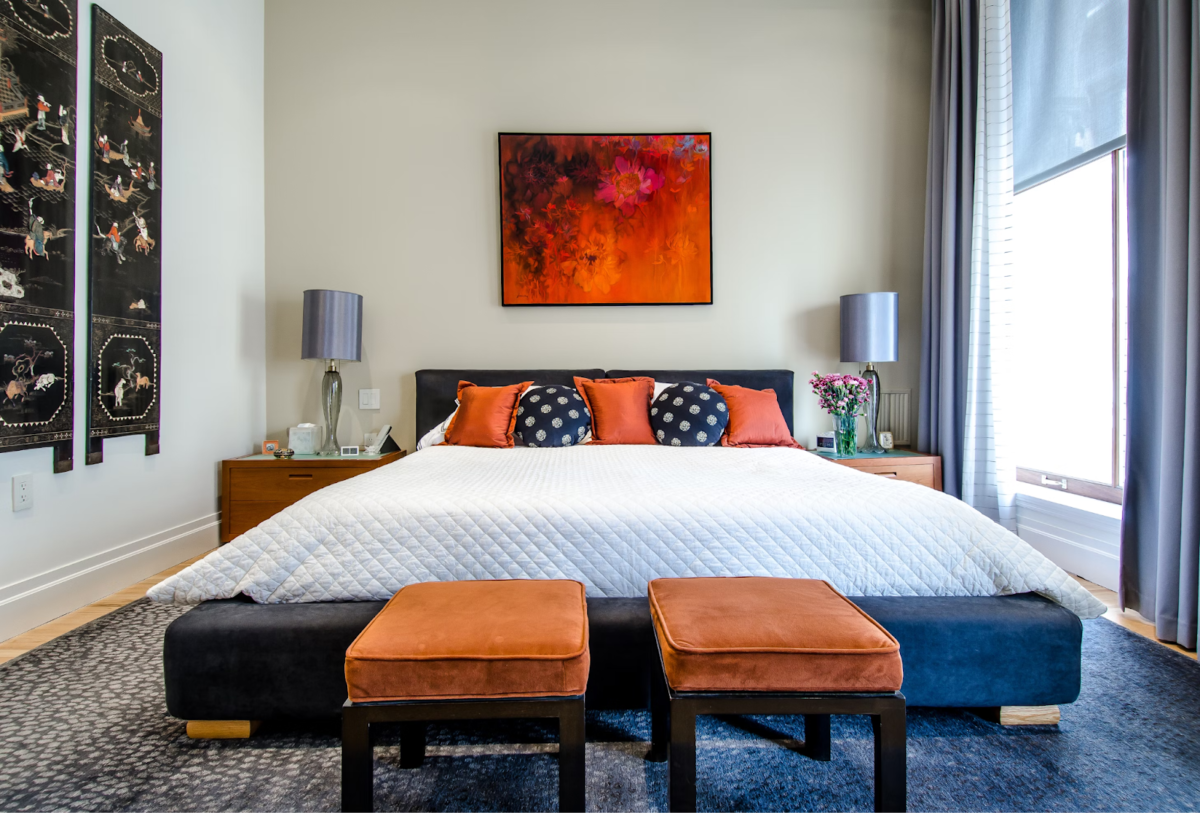
Add height to any room with window drapes and panels that extend from the ceiling to the floor, not just over the actual windows. Find some decorative curtain rods and hang them high, just below the ceiling, and add sheer or blackout drape panels that extend to the floor. This way, the room will feel more spacious as the eyes are drawn towards the ceiling.
3. Use Mirrors or Reflective Art

Placing a mirror on a mantle or leaning one against a wall instantly adds light and depth to any room. Mirrors can also be affordable statement pieces that transform a blank wall into a stylish one. Of course, choose a mirror that complements the furniture.
4. Eliminate Clutter, Not the Personality

When decluttering before showings, it’s essential to strike a balance. Keep the property’s personality while removing excessive clutter that makes the home feel claustrophobic. Toss that stack of boxes on the dining room table. But don’t go overboard—keep a few personal touches, like a sofa blanket or throws.
5. Invest in High-end Accessories for the Kitchen

Here’s one of the best house staging tips you should consider. A few high-end kitchen decor pieces can go a long way in helping build the fantasy that people with good taste (and lots of disposable income) would love in the home. Remember that they don’t have to be super-high quality and expensive—they only have to look high quality and costly. Grab some beautiful oil and vinegar decanters, a classy utensil holder from Le Creuset, or a Polish pottery dish for fresh fruit.
6. Use Large Potted Plants to Fill in Empty Spaces

Potted plants do more than clean the air. They are also perfect for filling in empty spaces in the home when you don’t have enough furniture. Plants give a room character and warmth. You don’t need a lot of big furniture pieces if you have some well-placed greenery to accent the items you have.
7. Paint the Walls With Muted Colors & Let the Furniture Pop
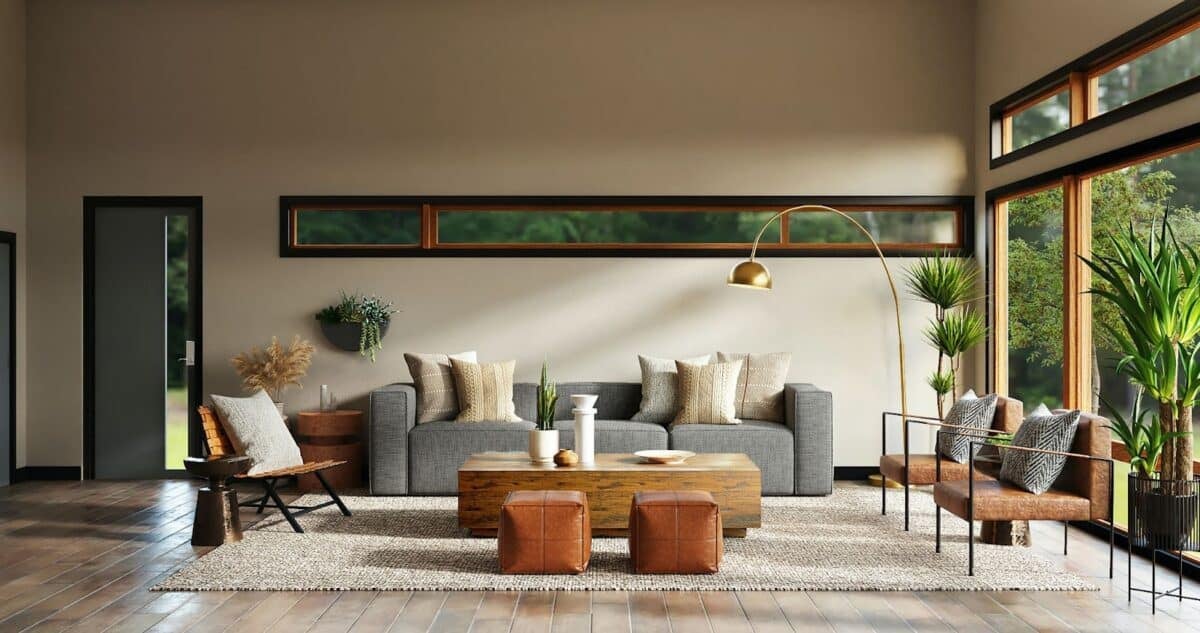
Paint with softer, muted colors to avoid bad real estate photos and let the furniture pop. Our team of agents loves recommending Sherwin Williams’ Agreeable Gray, a warm, greige color. Think of your listing’s walls as a blank canvas for future homeowners. Treat accent walls the same way—keep the colors neutral and soft.
8. Use Art & Coffee Table Books to Build the Fantasy

There is an excellent reason why almost every high-end home on Zillow is staged with oversized art, fashion books, and incredible art pieces. They help build the fantasy that people looking at the home imagine for themselves. Find coffee table books at used bookstores or even your local thrift store. It doesn’t have to be expensive to look great in your staged home.
9. Repaint Cabinets & Replace Drawer Pulls in the Kitchen
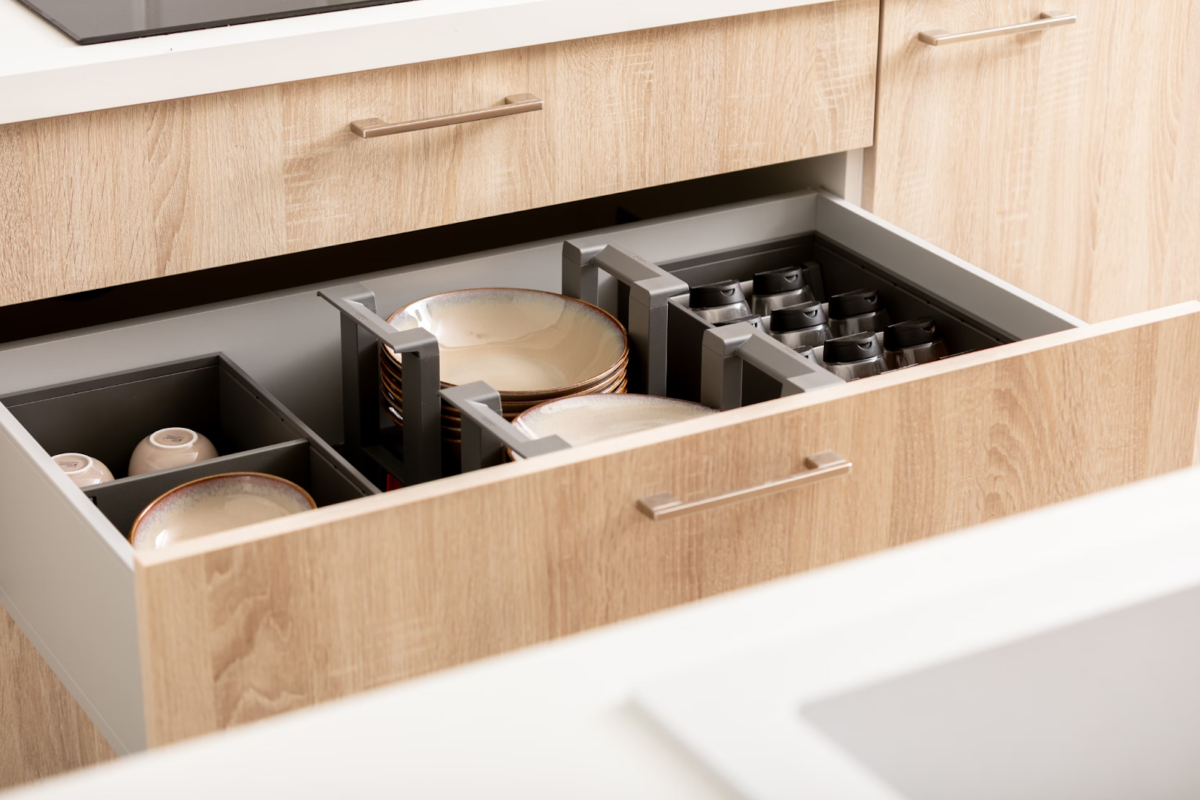
If you’re working with a dated kitchen, a fresh coat of paint can bring it into the 21st century on a budget. Even if the homeowner doesn’t want to tackle the project, hiring a professional to spray them will still be a fraction of the cost of replacing them. While discussing kitchen cabinets, consider replacing the handles and drawer pulls. It may seem simple, but your potential buyers will notice. Replacing old, worn, or dated hardware with new modern pulls will make the kitchen feel fancy.
10. Accessorize the Bathroom
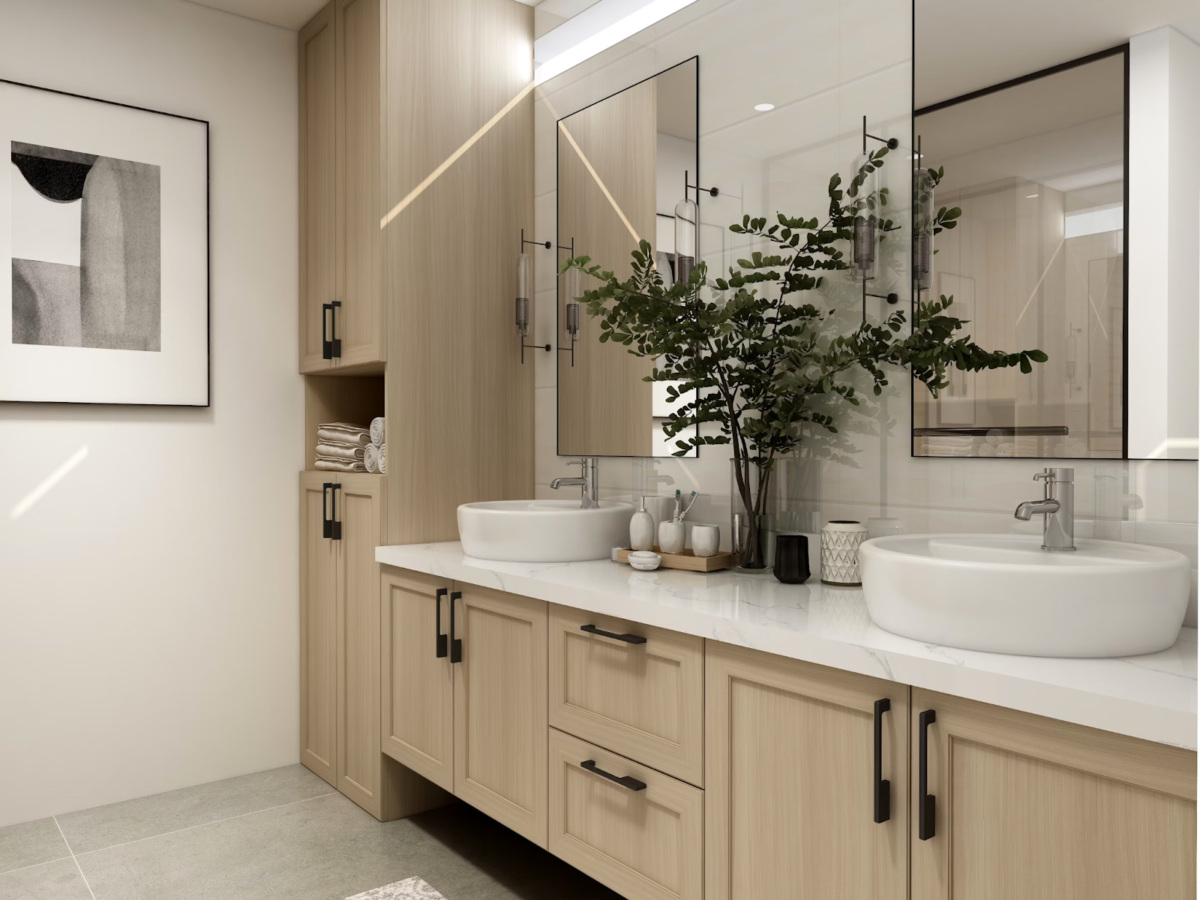
While you might want kitchen counters to be clear, an empty bathroom can look cold and feel more like a hospital room. Accessories like plants, candles, or high-end soap bottles can quickly add warmth and life to a bathroom. Think of it as creating a mini oasis that feels cozy and relaxing.
11. Go Gender-neutral When Staging Children’s Bedrooms
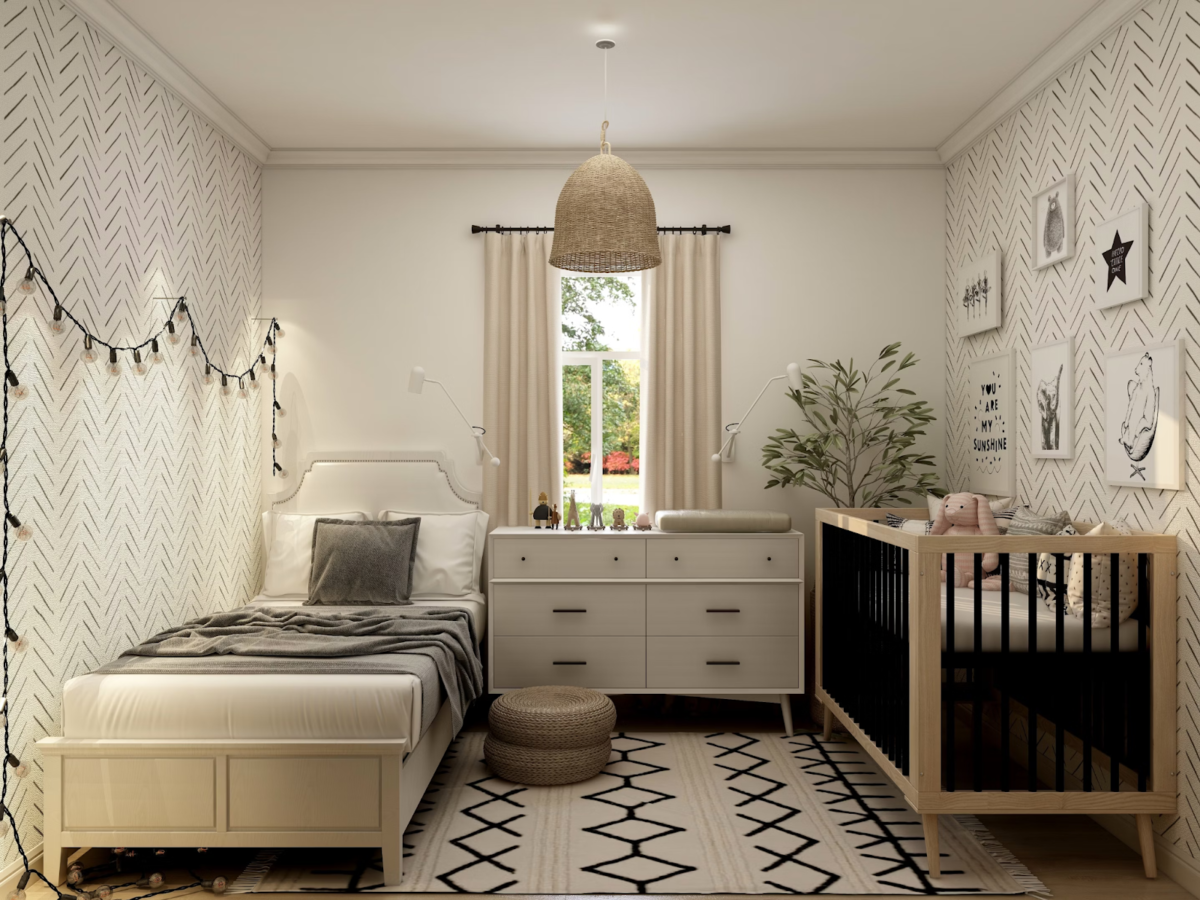
Whenever you stage a child’s bedroom, ensure the furniture and decor you choose are gender-neutral. You cannot know the gender of your buyer’s children, so creating a typical boy’s or girl’s room can kill their fantasy. Instead, they should immediately be able to imagine their child being happy in the room.
12. Refinish Damaged or Heavily Worn Hardwood Floors

Refinishing hardwood flooring or sprucing up luxury vinyl plank is an easy and affordable way to upgrade a home. You’ll be surprised at the instant makeover from a quick refinish of the floors. After all, your client could have the most beautiful furniture in the world, but the entire room will feel cheap if the floors are scuffed up and dirty.
13. Stage the Home’s Front Entrance
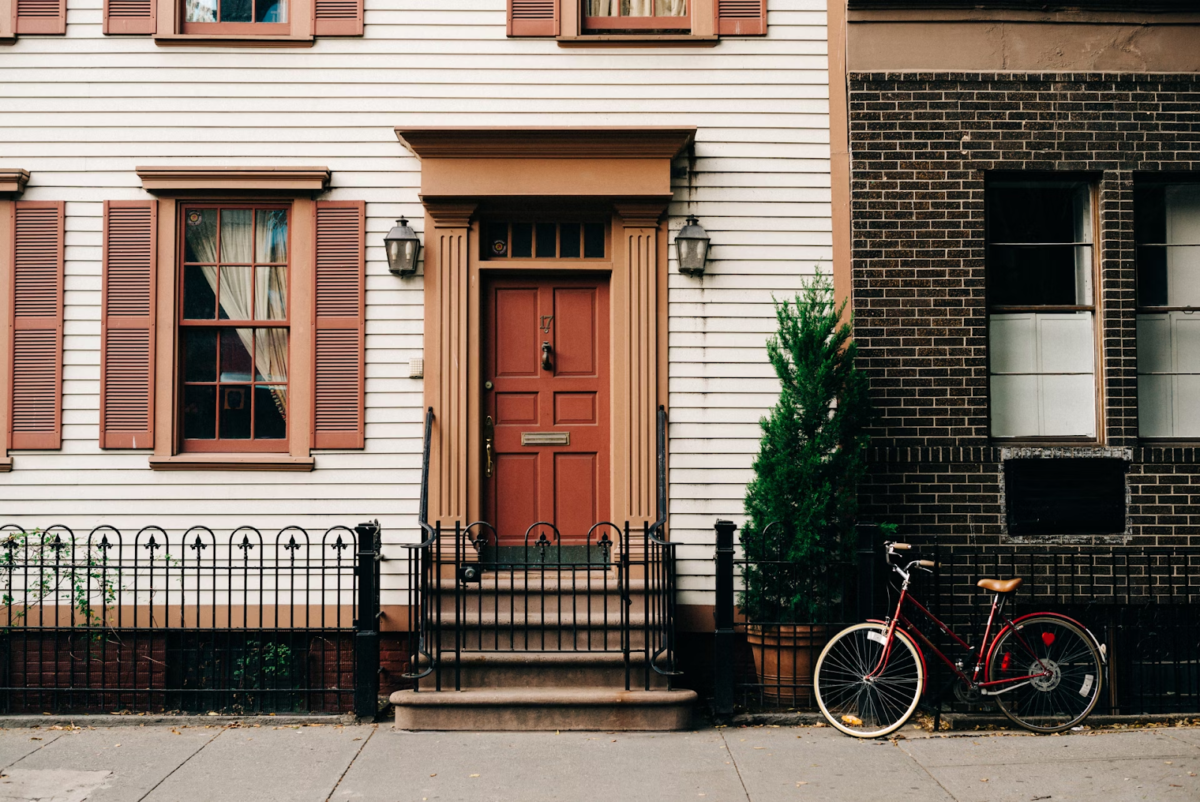
Staging the front entrance is crucial since the front door will be buyers’ first impression when they leave the car. You don’t have to go overboard here, either. A sconce lighting, a few potted plants, a chair, or a cafe table can make a front entrance much more inviting.
14. Remove Signs of Pets

While it’s great to paint your property as a pet-friendly space, you should know that not everyone is okay with having pets. Some potential buyers may have allergies or sensitivities to fur and pet odors. So, when home staging, remove any signs of pets—odor, toys, pet beds, and litter boxes. Ensure any lingering pet odors are neutralized with a deep cleaning solution.
15. Use Virtual Staging
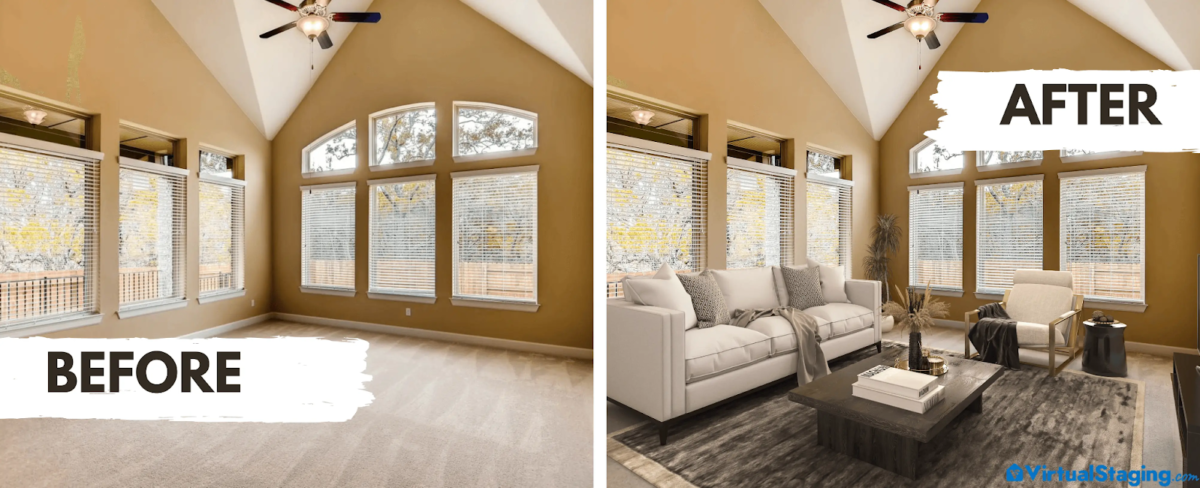
Don’t underestimate the power of virtual and augmented reality staging ideas and techniques. It’s a game-changer! With virtual staging, you can showcase multiple ways to use a room, swap out decor styles to reflect the latest trends, and give potential clients a feel of the space without buying furniture.
Many of today’s buyers who work from home are looking for another perk—a home office. This is why virtually staging a bedroom as a home office is a quick and easy way to kill two birds with one stone. Using Apply Design for just $10.50 per image, you can virtually stage a room in minutes.
Things to Avoid When Home Staging
While we’ve enumerated the best steps on how to stage your home for sale, here are some things to avoid if you want your property listing to capture potential buyers’ attention during showings:
- Don’t over-stage: Clear rooms of anything that doesn’t add value and keep the things that add interest without taking away from the house. Honestly, this comes with time and practice. You innately know what feels right. You’re a homebuyer, too, so you will know when the room feels good. And your clients will feel it, too.
- Don’t go overboard with repairs: Let your clients know that big renovation projects should be left for the new homeowner after the sale. Most new homeowners want to tackle those projects to make their homes their own. So, there’s no need to do anything more than spruce up before selling the house. The simple fixes in this article are more than enough to sell the home quickly.
- Don’t go crazy with themes: Avoid extravagant bedroom themes when getting your listing show-ready. Let potential buyers see themselves in the room, not your seller client. If the wall is painted in multiple colors, it’s best to repaint it with a single solid color instead.
Resources for DIY Home Staging on a Budget
Now that you’ve read our tips for home staging, knowing where to shop is crucial, whether you’re ready to hang your shingle as a stager or want a few decorative pieces to help your homeowner stage on their own. Nice furniture and decor are expensive, but they don’t have to be if you know where to shop. Here are some resources professional stagers and prop masters use to buy high-end (or high-end-looking) furniture and decor on a shoestring budget:
| Best For | ||
|---|---|---|
 |
| |
| ||
| ||
| ||
 |
| |
 |
| |
 |
|
Frequently Asked Questions (FAQs)
What is the 3-foot, 5-foot rule in staging a home?
The 3-foot, 5-foot rule in home staging is about looking at the close-up details and overall room appearance. Picture yourself standing three feet from a table—everything nearby should be clutter-free and easy on the eyes. The room should also look tidy and inviting when you step back to five feet.
What are the most important considerations when staging a home?
When staging a home, it’s all about making a great first impression. Prioritize the property’s curb appeal and think about how you’re selling a lifestyle. Minimize those bold decor and furniture, and keep most areas of the home neutral. Highlight the property’s best features, such as natural light and an open floor plan.
How do I stage my home for a successful sale?
To stage a house for a quick and successful sale, start by decluttering and deep cleaning the property. Don’t forget to depersonalize the property so potential buyers can envision themselves living there. Read our real estate staging tips above for more information.
Bringing It All Together
Like creating great real estate graphics, staging a home is vital for marketing and selling it quickly. Do you have DIY home staging tips for sellers or your fellow agents? Let us know in the comments!











